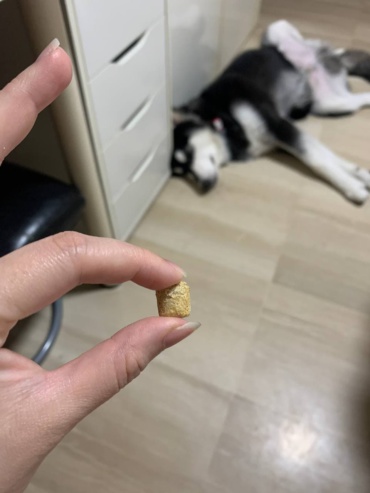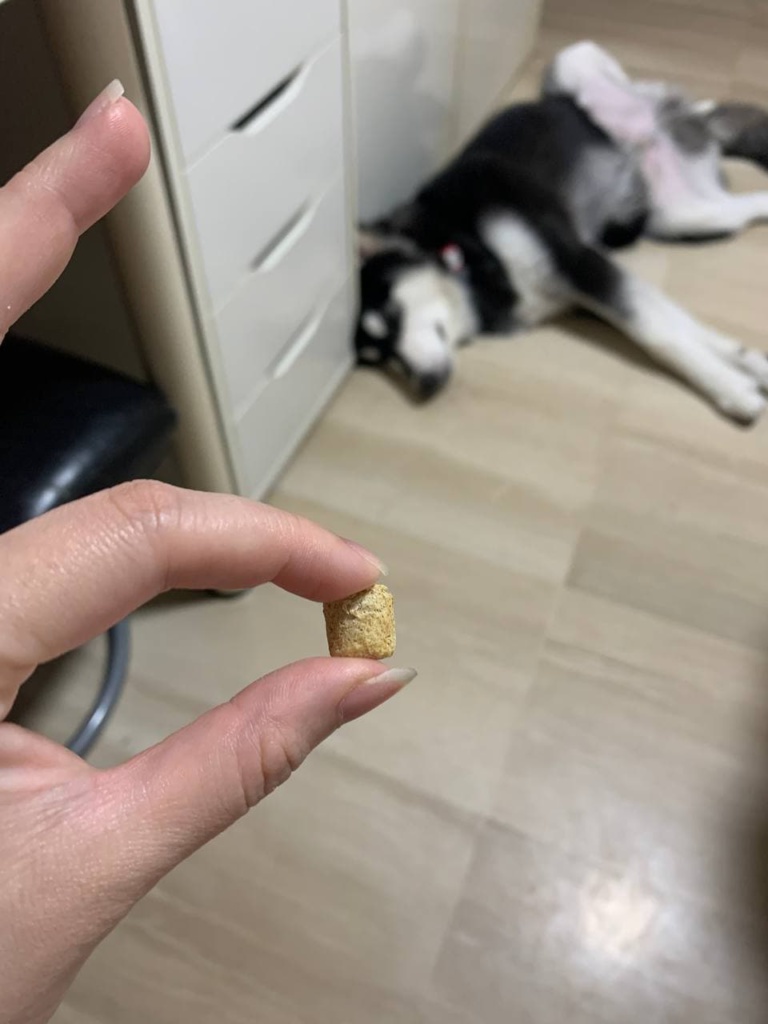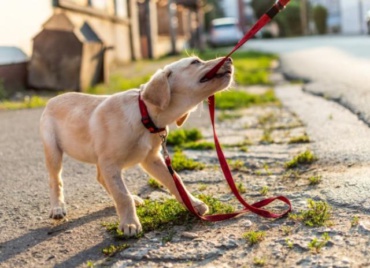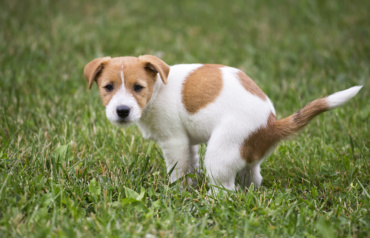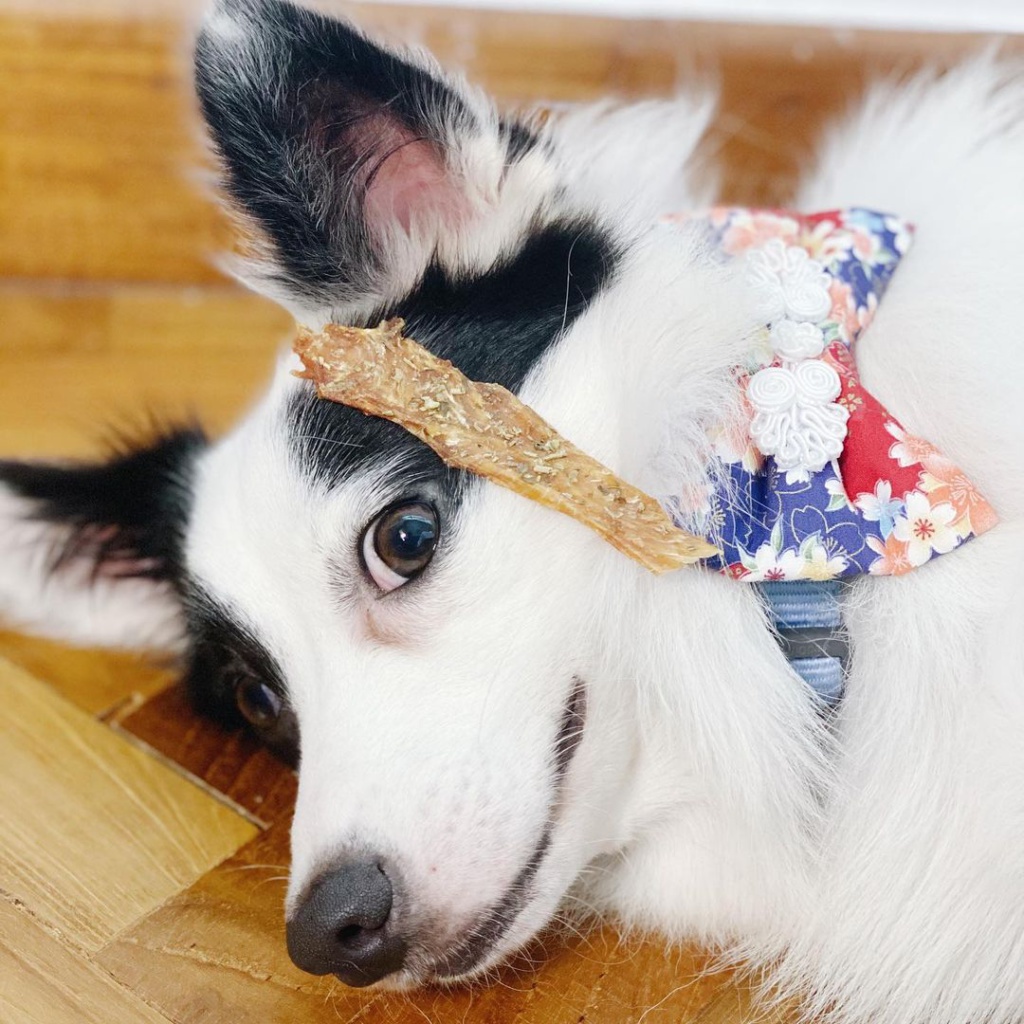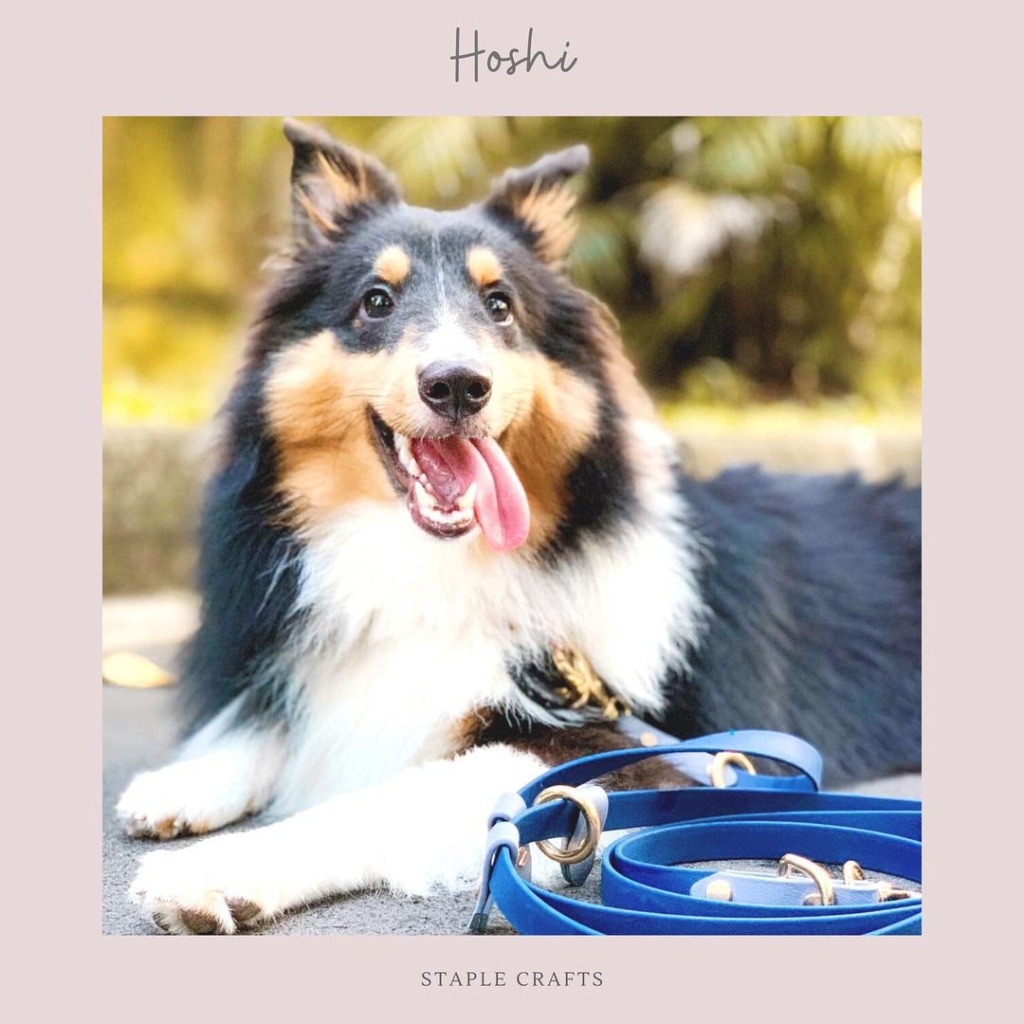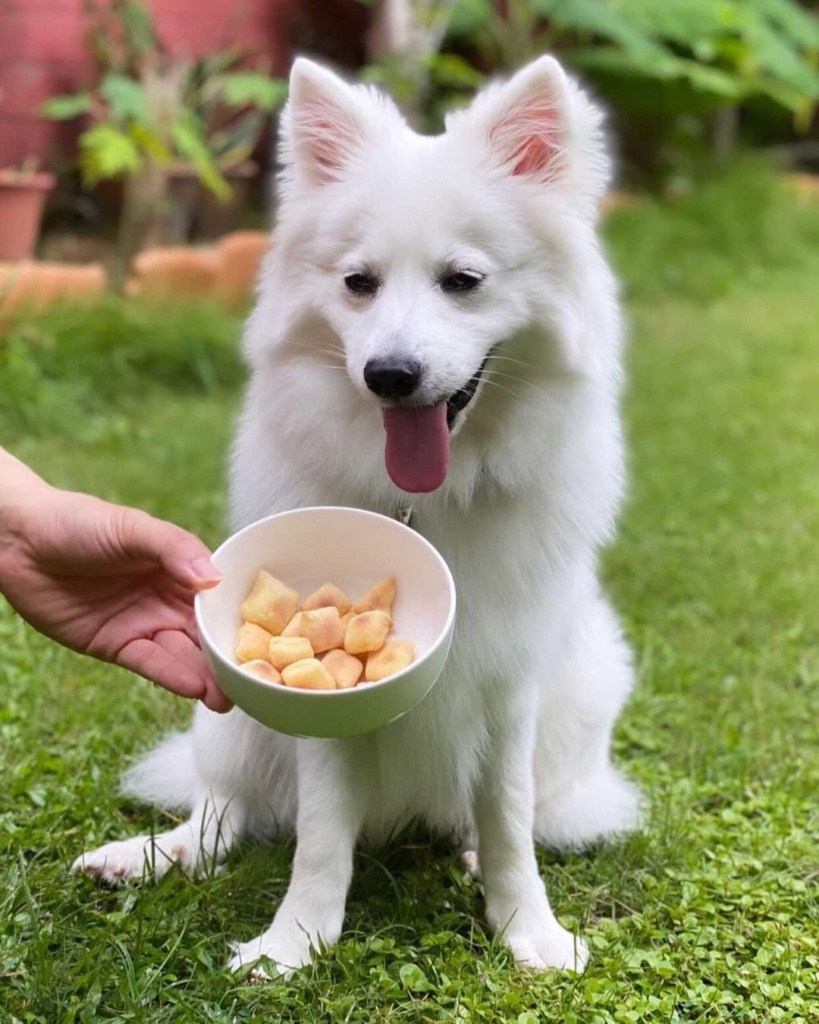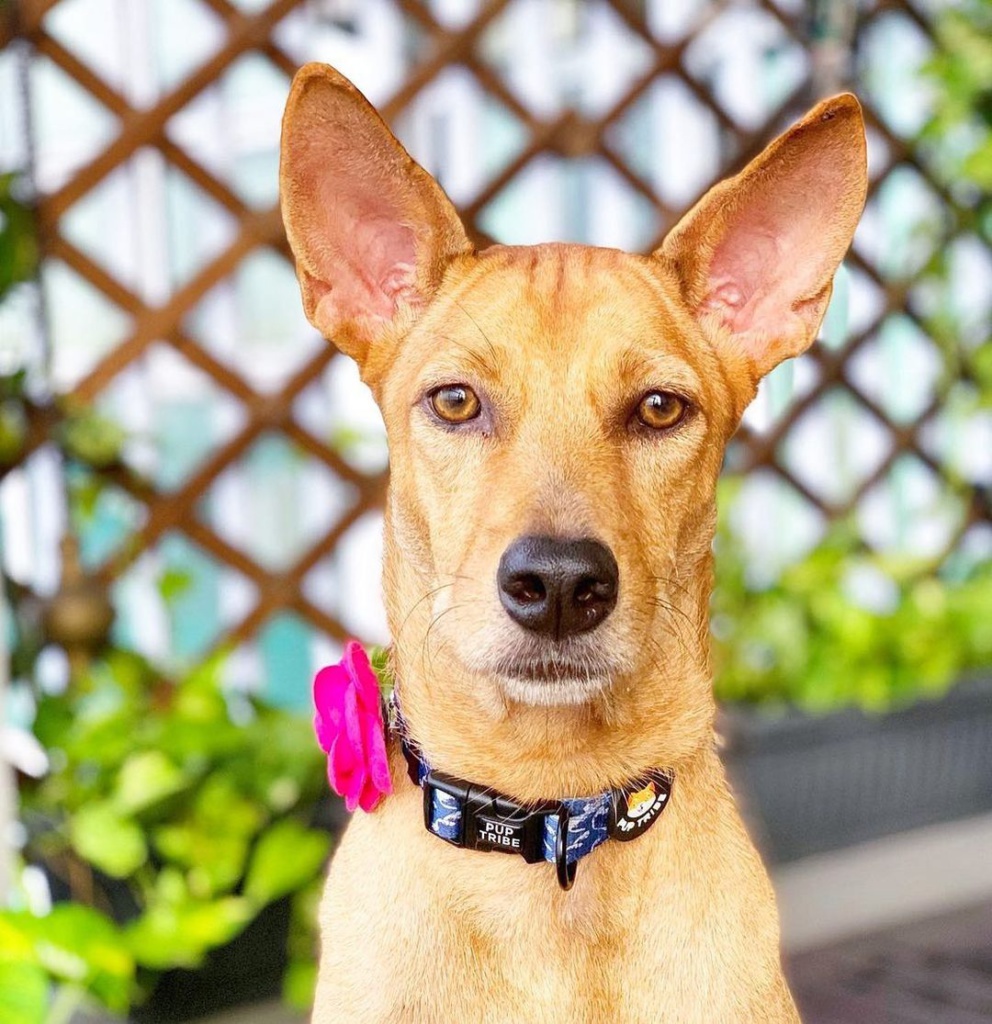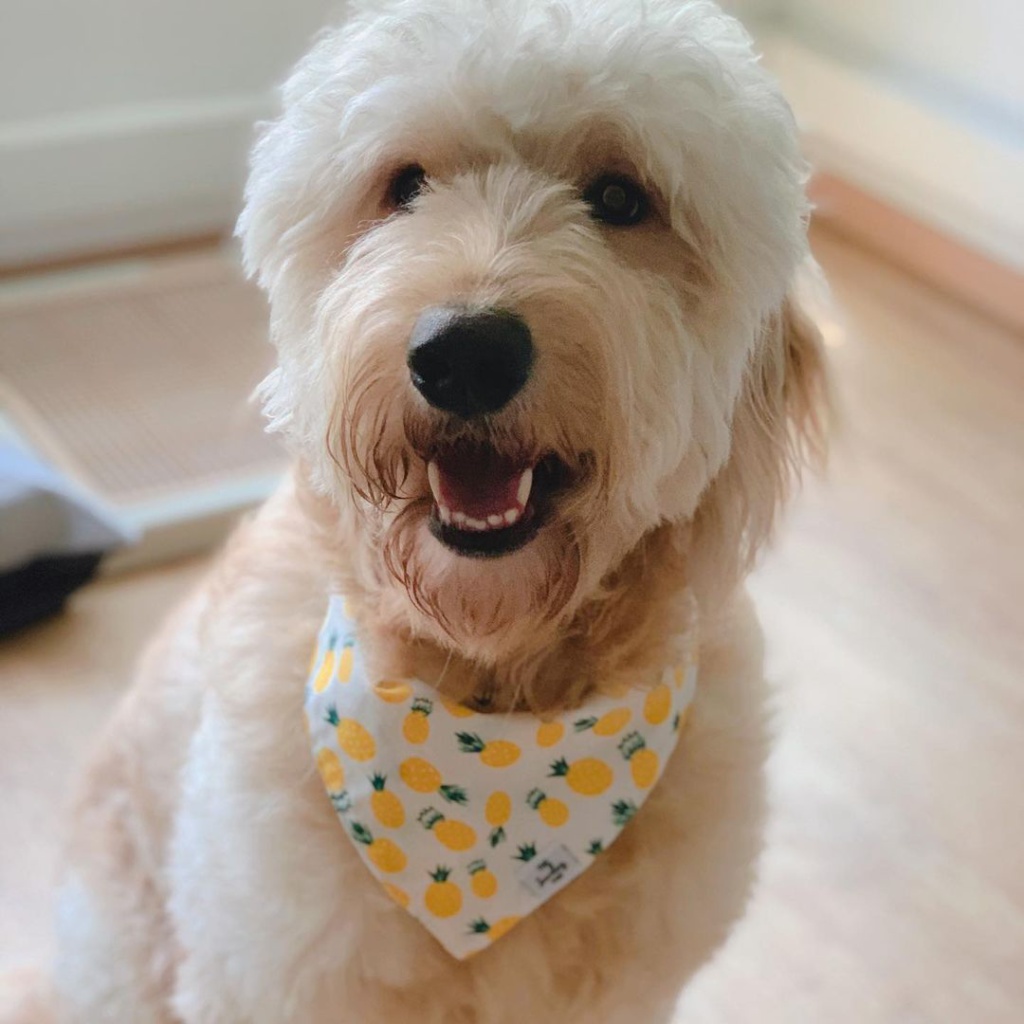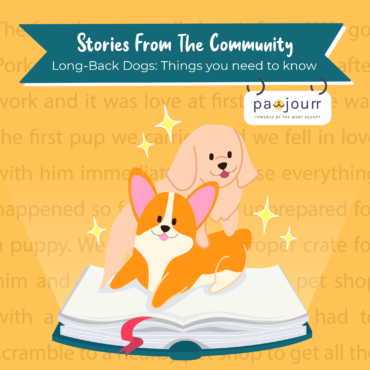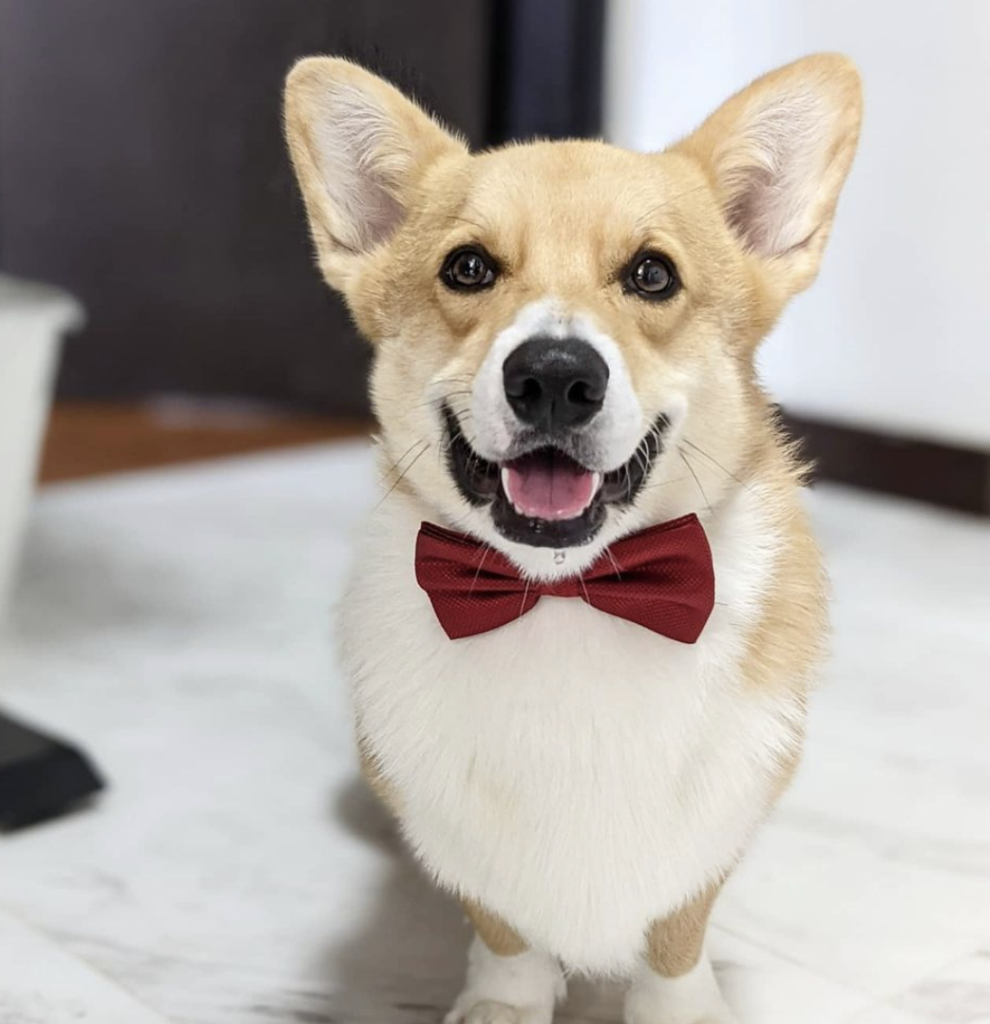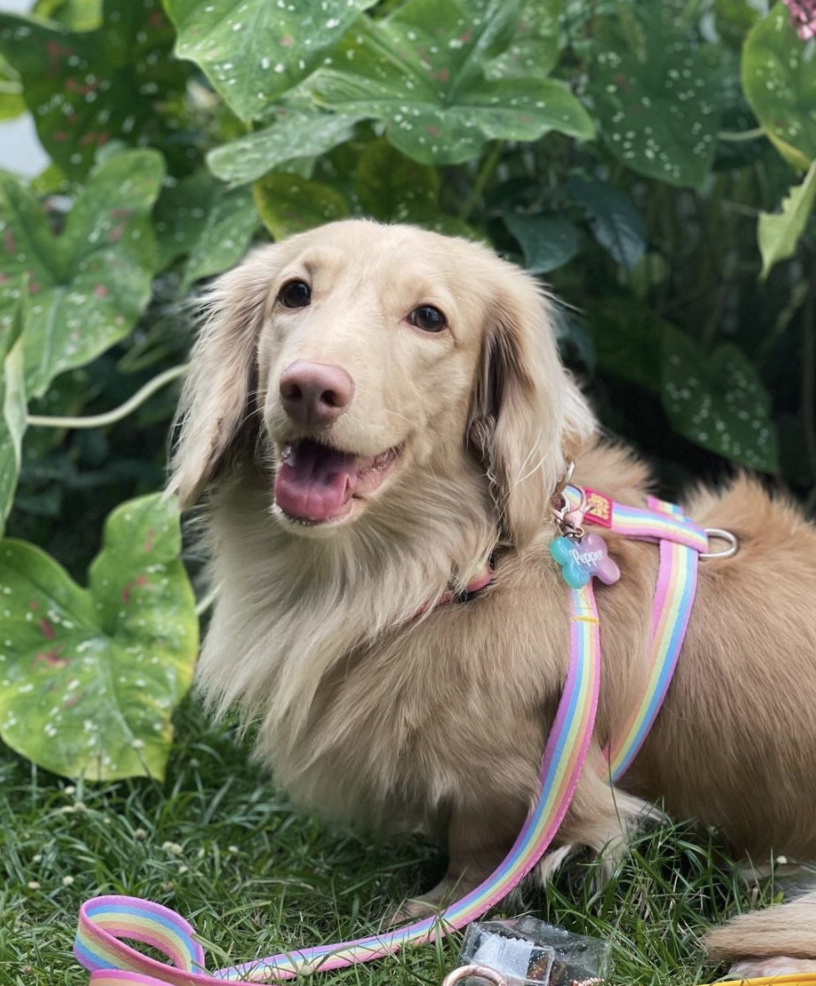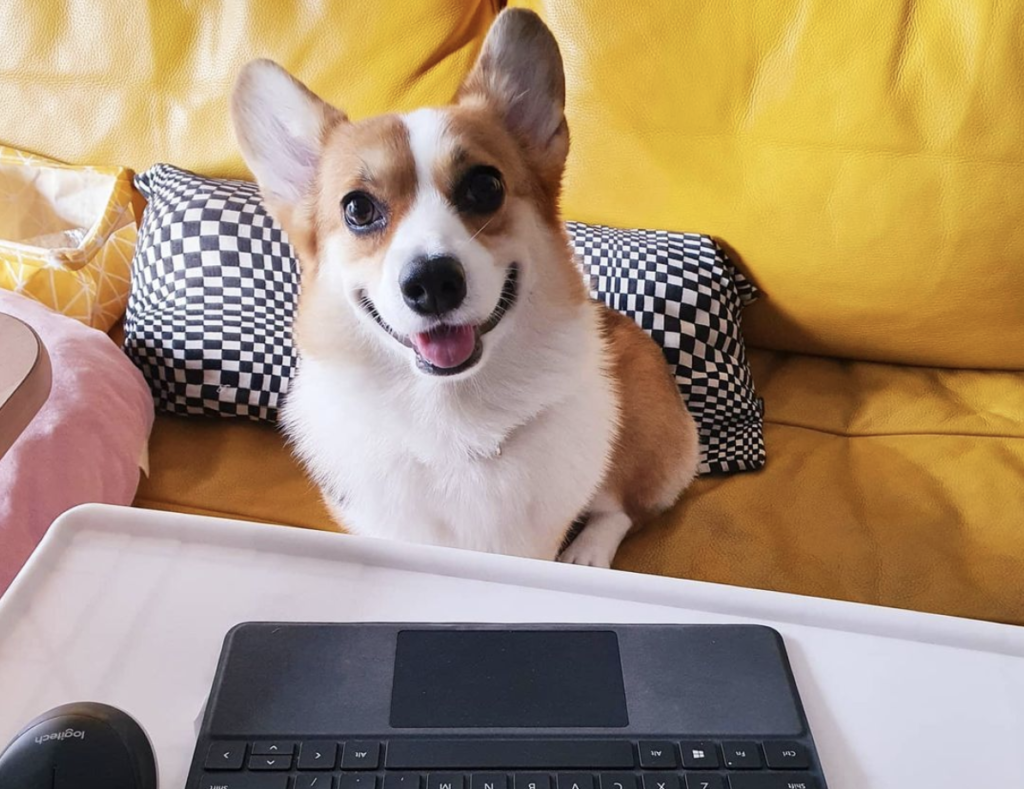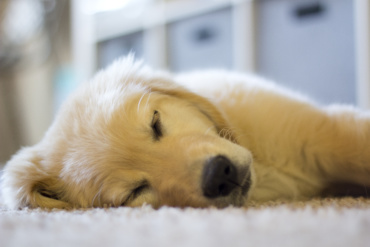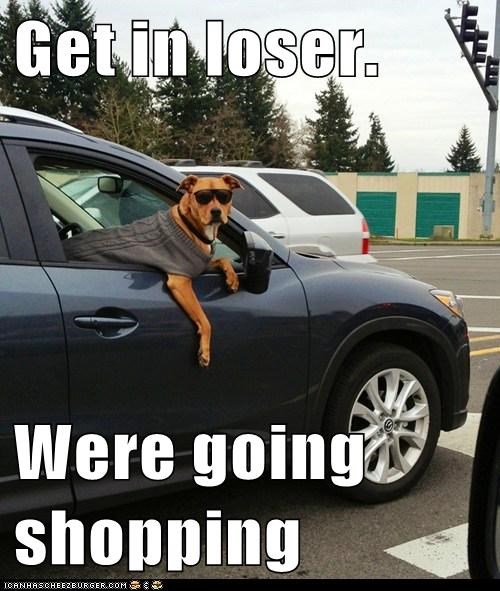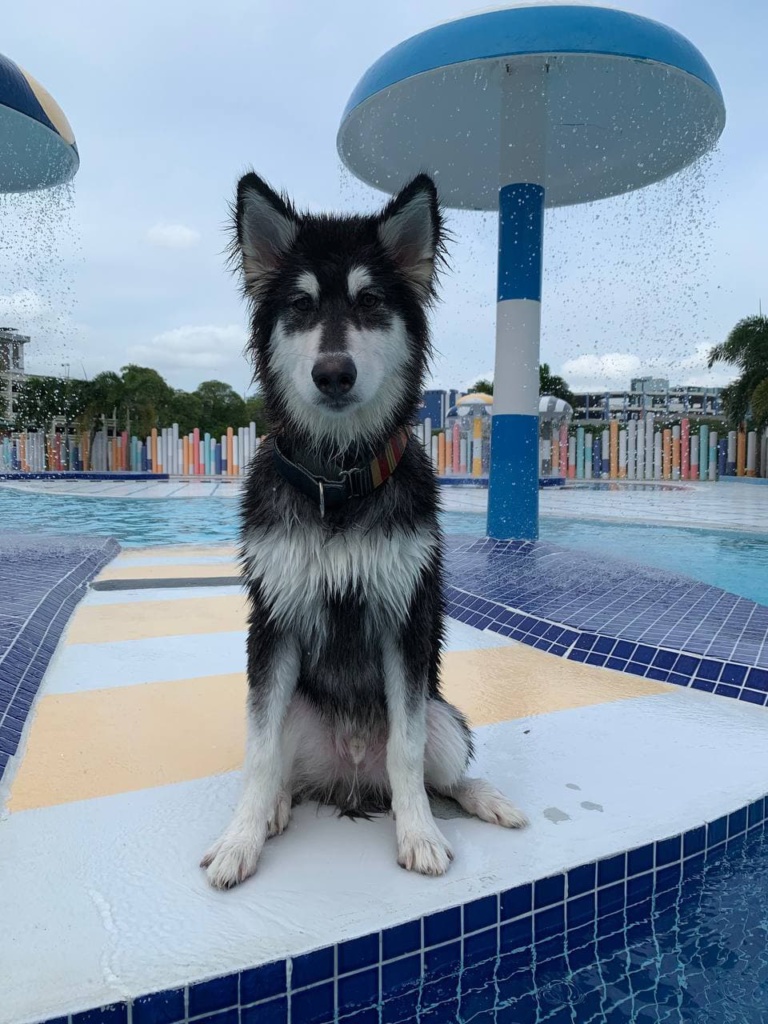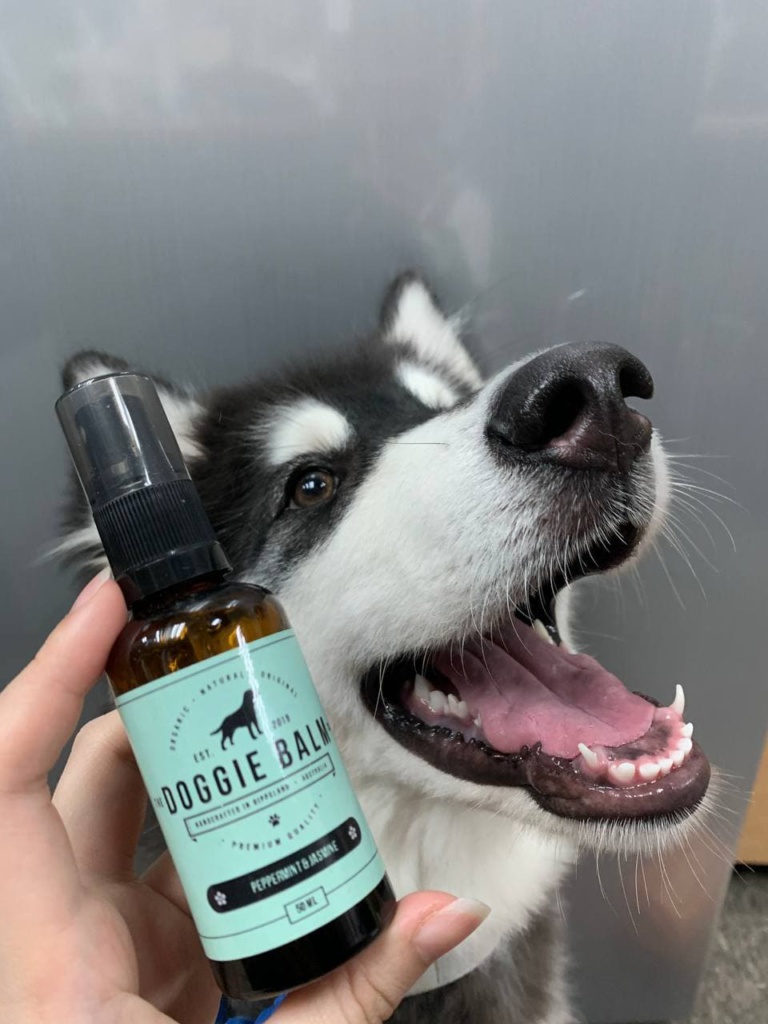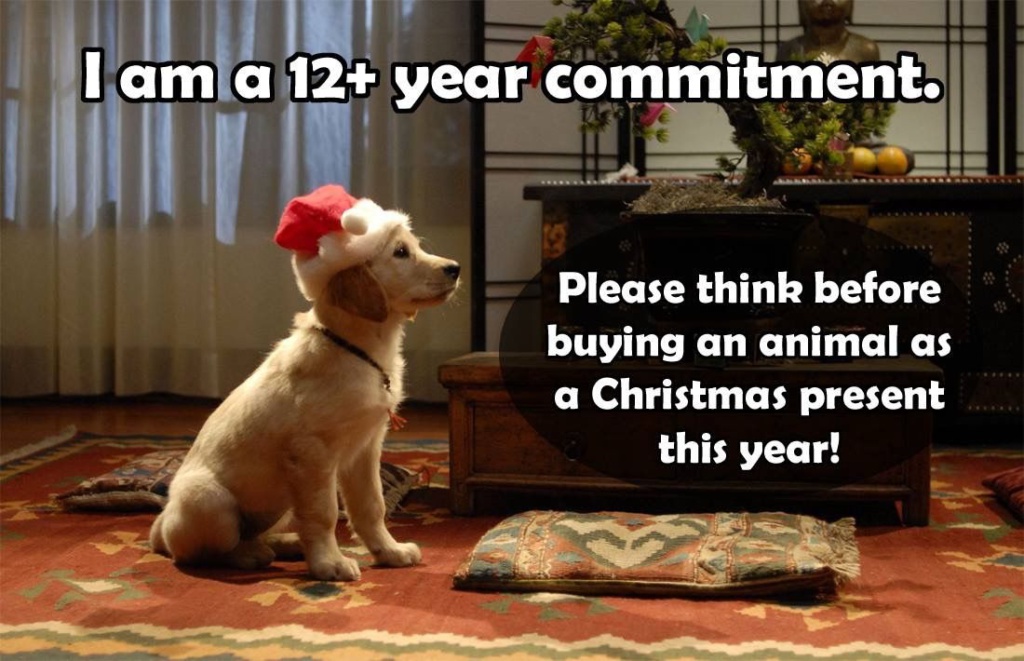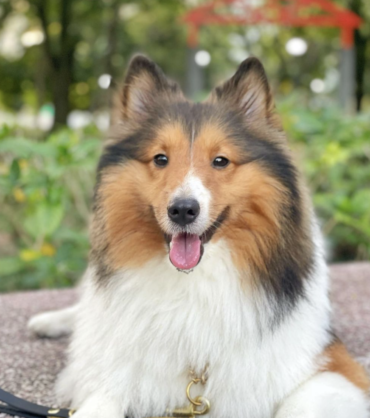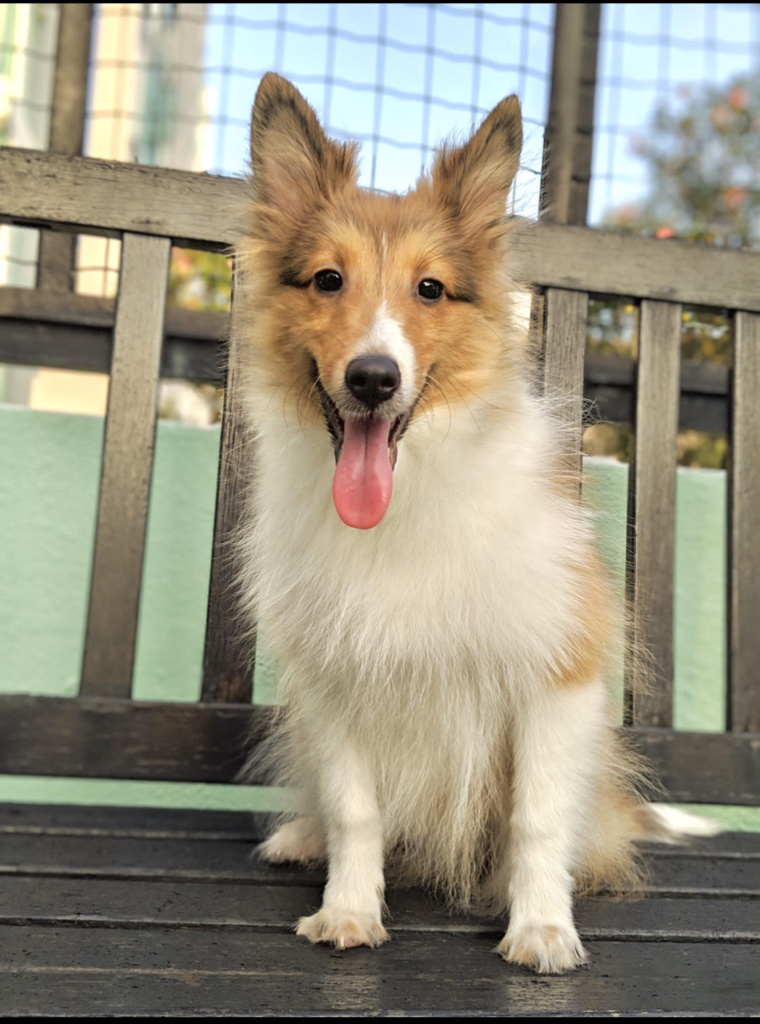Hands up if your puppy works for the food, because mine definitely does ??♀️ Training is essential because it sets the foundation for puppies on how to act when they become an adult — especially if you have a husky like me (who is going to grow up to 35kg in the future), it’s definitely important to teach commends like sit – down – stay.
& what more to encourage these little pups than some treats and rewards for their good behavior? We’ve tried different treats and these are some of our favorites. A note that Oolong is extremely food-motivated and not fussy when it comes to food; so definitely check out Pawjourr’s sampling program to redeem free samples before committing to the full-sized products!
01. Instinct Pet Raw Boost
Why I’m in love with this product ?
- I’m super impressed with the entire process of manufacturing Instinct Pet! This brand is from the USA and uses High-Pressure Processing (aka HPP) to create extreme cold pressure for extreme food safety with pure, cold water—no heat, no chemicals, and no preservatives needed.
- I’ve heard of horror stories of other freeze-dried brands containing worms and it just scares me; with Instinct, I’m really confident about the quality — also because it’s premium and pricey lah.
- During walks, you are going to be really busy (all the distractions — smells, noises, pulling etc). The last thing you want is your hand being all sticky and gross (did it with his kibbles and urgh) — I like that the raw boosters are of a just-nice size and most importantly, DRY. So i will just pop into Oolong’s mouth when he is behaving well!
Some consideration points ?
- With puppies, you will need LOTS of treats. Instinct can get a little pricey — selling at $25.90 for 156g on their Shopee’s store. If you are looking to try, you can opt for the smaller packs first to try out different variants and deciding which is your pup’s favourite.
?? Buy Instinct Raw Boost @ https://shopee.sg/pawjourr. Check out our coupon page for discount codes!
02. ZiwiPeak Good Dog Trainings

Why I’m in love with this product ?
- Definitely on the calories. It’s advertised to be a nutritious training reward under 6 calories each. I think this is really the main reason why I decided to get this product .. (perhaps also for the free snuggle mat they packaged together previously — please do not buy that dumb bundle set it’s bullshit for $48).
- The size of the treat — i can’t really show you because i didn’t take a photo, but it’s shaped as a rectangle. Usually when your pup gets very excited, they might “bite” the treat and accidentally chomp on your hand – but because of the way the treat is shaped (in a long way), it helps that you get some “safe space” LOL especially if the teeth super sharp ah.
Some consideration points ?
- To be honest, there are no consideration points but I guess because Ziwipeak has always been just … that brand that is not bad, I also don’t really see any unique factors that make me stick to them (?) Granted their price is not expensive — selling $15.90 for the lamb on their Shopee here but yeah like it’s just another brand lor.
- I don’t really know what’s the “unique selling point” of Ziwipeak … so I bought it once and didn’t buy it again cause I felt super cheated by the dumb bundle set LOL.
?? Buy Ziwi Good Dog Treats @ https://shopee.sg/yappypets. Check out our coupon page for discount codes!
03. Wagg Puppy & Junior Treats
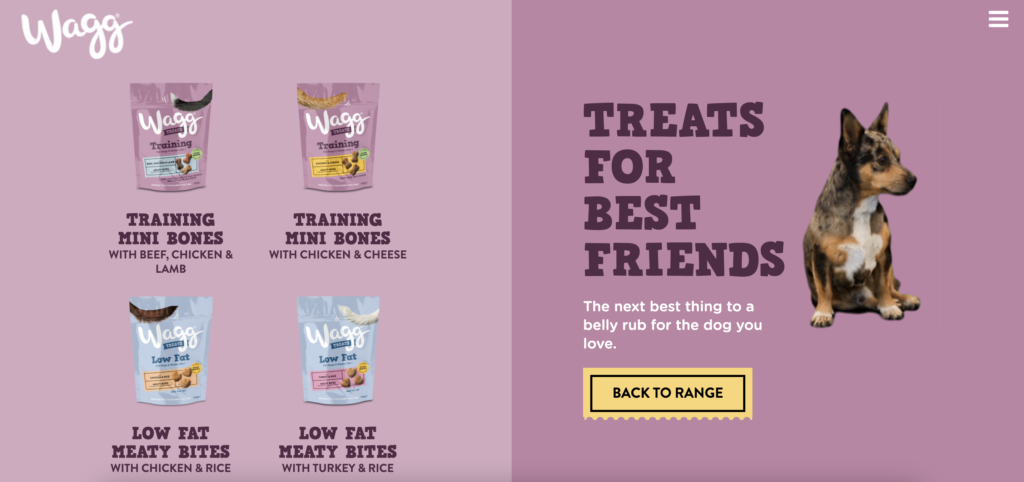
Why I’m in love with this product/brand ?
- I know this is BS but OMG — can someone please give this design agency a pay raise?! I’m in LOVE with Wagg’s new packaging, website and everything just says YES to me when i walk into Pet lovers centre! Long story short, i was shopping for some training treats for Oolong because obviously I wasn’t as prepared as I thought I was — walked into PLC and the packaging just caught my eyes.
- It’s definitely wallet-friendly (going at $4.00 for 1 packet over at PLC Shopee’s page here) but also that the products are categorized nicely into puppies – sensitive – low fat for me already, which I find very thoughtful and convenient for first-timer like me.
- The biscuits are also a nice mix-up from the meat and freeze-dried food; though i must say that Oolong focus is much lesser when i use these as training treats.
Some consideration points ?
- Yes, the treats are made in the USA but if you take a closer look at the ingredients, it might not be something you want to feed daily / a lot on a long-term basis. To be honest, I’m not against carbs or must die die only feed “single-ingredient treat”. I believe that my dog can eat everything, albeit in moderation — you everyday eat veggie also not enough nutrition right????
- I’ve since stopped buying these though because Oolong has “upgraded” his palate to eat meat only (he started saying NO to these after 3 – 4 packets — woah free things still wanna be choosy ah). But all in all, I think it’s a great treat to mix up with the other food!
?? Buy Wagg Treats @ https://shopee.sg/petloverscentresg. Check out our coupon page for discount codes!
04. Dehydrated Treats
I have so many brands which I want to recommend, but here are just some of my favourites — maybe also because I know the owner personally! ☺️
Why I’m in love with dehydrated treats ?
- Depending on what you buy — e.g. Chicken is really easy to break into smaller pieces during walks.
- As I feed Oolong lots of treats during training, knowing that I’m feeding him non-commercialized treats does assure me to a certain extent that he is not just eating “junk food”.
- Single-ingredient treats so I know that nothing goes in — it’s just 100% protein. Balance is key.
Some consideration points ?
- Short shelf life. Since dehydrated treats are all-natural, it is important to note that their shelf life might not be as long as your commercial treats.
- Takes time to deliver. If you are looking for something fast, you can pop into any of the pet shop to pick up your pack of treats. But if you are looking at dehydrated treats, you will need to wait for delivery which can take 3 – 5 working days.
- Potential scammers. Yes, there are people who are out there to take advantage and I’ve heard of businesses who “MIA” after collecting payment. Make sure you do you research to avoid being cheated!
- Eventually, all dehydrated treats are more or less the same. This is why it can be difficult to differentiate between brand A vs. brand B.
IN SUMMARY,
This is why we created a new category under pawjourr to help brands stand out from the crowd with reviews and coupons for customers to try. Often, pet owners will just buy from a “bigger” brand because #safe, #everyonebuysfromthem and #ionlyknowthem. I understand that, but maybe we need to give the new brands a chance too!
?? Head over to Pawjourr and leave a review for the brands whom you have tried before. Customer testimonials matter and your feedback (be it positive or negative) will also help other pet owners make an informed choice!
I hope this article gives you a brief idea on where to start looking for training treats for your puppies. Remember —
✅ Dry and doesn’t make your fingers dirty when it touches saliva.
✅ Low calorie — also check ingredients if you know you are going to be a treat dispenser.
✅ Switch up protein; I like to do Chicken, Pork, Lamb, Beef, Kangaroo, etc because I’ve heard of dogs developing certain health issues when they just stick to eating 1 protein (may/may not be true).
✅ Keep within your budget, no need to go broke buying expensive treats just for the Instagram game. It’s your pet — it’s not your followers’ pet.
Do check out our new categories — home-based biz and the coupon page and comment below what do you think! ??♀️
